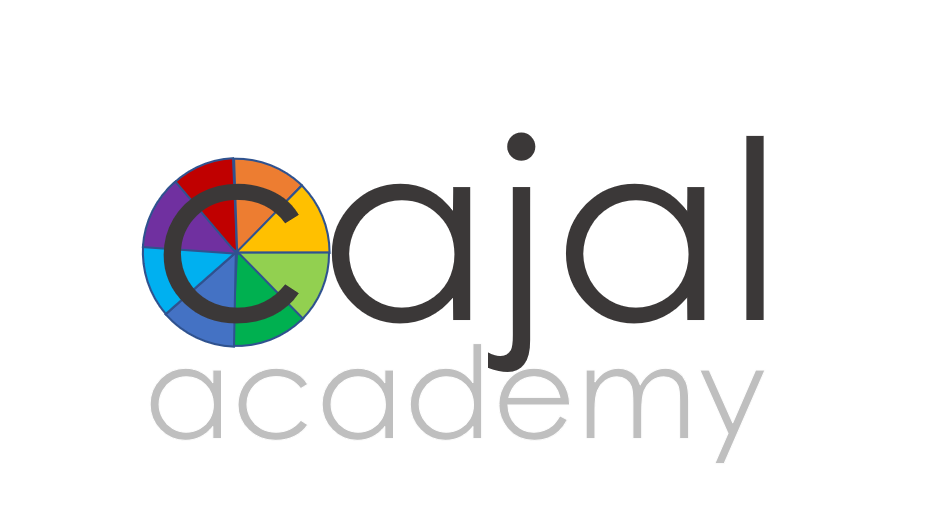A CATALYST to the future you want to lead
Traditional special education fills the gap between a child’s profile and average learning and social-emotional abilities.
We are the first school to use modern science to transform their profiles, reducing the gap itself.
We use the data in each child’s profile to develop a comprehensive Student Growth Catalyst: a multi-disciplinary program are a research-backed, neurodevelopmental approach that’s proving effective at reducing or even removing learning and in some cases social-emotional disabilities
We have developed a research-backed approach that is successfully transforming student profiles, by filling the holes in their neural networks that lead to those presentations—thus removing the gap itself. This unlocks students’ gifts, transforms student lives and has the potential to dramatically reduces the cost of meeting their needs over the course of a K-12 education.
This is a fundamental shift in how we understand children’s needs, and in our understanding of what’s possible.
Use these links to find out more about our unique Catalyst Method and the science behind it.
1. We use the data in the child’s profile to identify those “splinter” skills that drive their areas of challenge, through a paradigm-shift in how we understand student needs
2. We develop Comprehensive, multi-disciplinary “Catalysts” that integrate neurodevelopmental work to increase capacity with the social-emotional shifts required for growth
3. We use well-established therapies in new ways to rewire the way the student performs the targeted skills, through neuroplasticity
Ground-breaking approaches reducing or removing learning and in some cases social-emotional disabilities
Our individualized Student Growth Catalysts offer a new, research-backed approach to empowering students who have both high intellectual abilities and areas of special needs, including students who are “twice exceptional” or “doubly differently wired.” Use these links to learn more about our approach to these common areas of special education need:
Learning Disabilities
ADHD, dyslexia, dysgraphia, dyspraxia, dyscalculia and language processing disorders
Social-emotional Challenges
Social anxiety, depression, social cognition challenges, ASD, emotional regulation and more
Neurophysio & Medical Conditions
Sensory processing disorder, gross motor coordination, autonomic regulatory challenges and chronic medical conditions including Ehlers-Danlos Syndrome
We’ve made a break-through for the field of education, and it’s redefining what’s possible for a child and for K-12 education as a whole
Outside of Cajal Academy, the field of special education generally works from the presumption that because learning disabilities come from the way we’re wired, they are immutable. Yet modern neuroscience demonstrates irrefutably that the brain is constantly re-wiring itself: a process that happens every day until we die, and at every age, in response to the tasks that we call on our brain to perform. This is the science of the strategies that occupational and physical therapists have developed for decades.
Our break-through educational program started from two moms’ simple question: “If the brain is constantly rewiring itself then what if we could use that process and the data in a child’s profile to change the way they’re wired and remove those disabilities? And if we did, how would we make sure they had the skills and curriculum they need to be ready to use those skills, and to lead?”
Use these links to find out how our unique Catalyst Method addresses both these challenges, revolutionizing our understandings of education.
Each student has a highly-individualized and comprehensive program empowering them to access their gifts and be ready to lead
Our Student Growth Catalysts and Vision to Voice Curriculum work together. Our Catalyst Method opens up the possibility of a future defined by a child’s strengths, by reducing the challenges that limit the settings or activities where they can thrive. At the same time, our Vision to Voice Curriculum develops the executive function, leadership and self-care skills that they’ll need to give voice to their visions by turning their insights into action.
Our Catalyst Method is a break-through for the field of special education that redefines how we understand student challenges, and what we can do about them
Our Catalyst Method follows and rebuilds the neurodevelopmental chain, enhancing under-developed skills and re-integrating them into more efficient infrastructures for performing a given learning, social or daily living task. Find out more about the science behind this process, available only at Cajal Academy.
Case Studies: Transformational changes that redefine what’s possible when we apply the science of how kids learn, socialize and grow
Check out these case studies highlighting just a few of the success stories students have experienced in our program, and check back for more!
Parent Testimonials
Attend an Information Session to learn more about our unique program
Join these educational events to learn more about the science of learning & 2e profiles
Apply Today
Immediate, Summer and Fall Placements


















